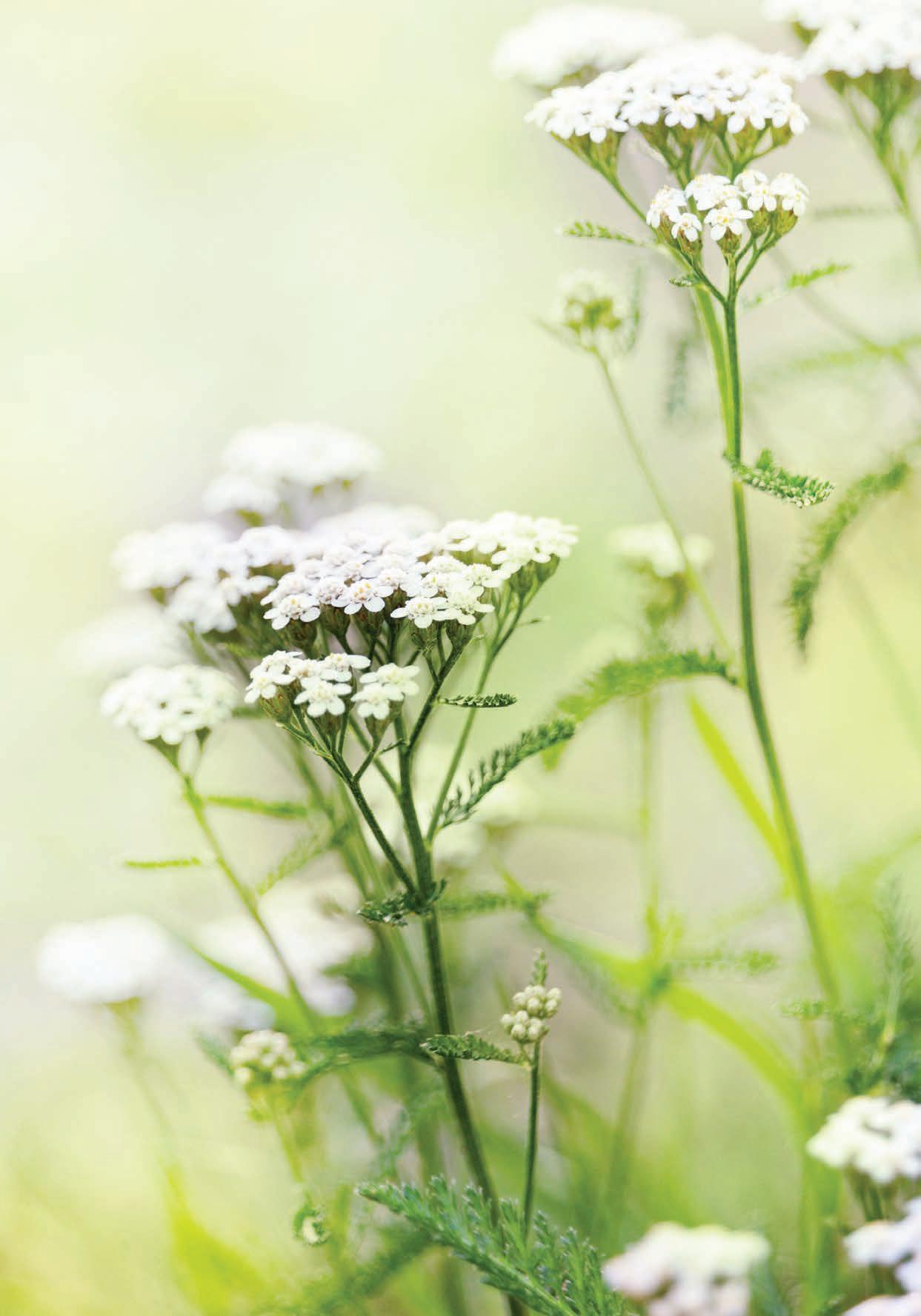and trying one, consult your health care provider to discuss whether it’s appropriate and safe for you.
plant material and pour the liquid into small, labeled, glass bottles with dropper tops. The common ratio of finely chopped fresh herbs to ethyl alcohol stands at 3.5-4.5 oz (100-125 g) of fresh herbs to 17 fl oz (500 ml) of 60%-65% ethylalcohol. Ethylalcohol also acts as an effective preservative. Alcohol-based tinctures have a virtually unlimited shelf life if stored in a cool, dark location. Refrigeration is not necessary. The non-alcohol version of tincture is extracted in organic vegetable glycerine and distilled water. Although it may be tempting to make your own tinctures, some plant parts are considered toxic and may be harmful. In addition, certain plants may be contaminated by substances such as pesticides and heavy metals.
HONEY TINCTURE Honey tincture is made from a mixture of herbs, alcohol and honey. This combination ensures extraordinarily fast and effective absorption of medicinal compounds. Use preferably fresh herbs. Fill a mason jar 1/3 of the way full with finely chopped herbs. Pour 40% vodka over the herbs covering them completely with the alcohol, and keep pouring until the alcohol is 2 inches above the herbal material. Cover with an airtight lid and let sit in a warm place but not in direct sunlight for two weeks. Then open and stir 7 oz (200 g) honey into the content and shake well. The next day the tincture is ready to use. Unless otherwise prescribed take 1 teaspoon of the tincture 4
There is a lack of research on many of the tinctures that are commonly used. If you’re considering making
15



















